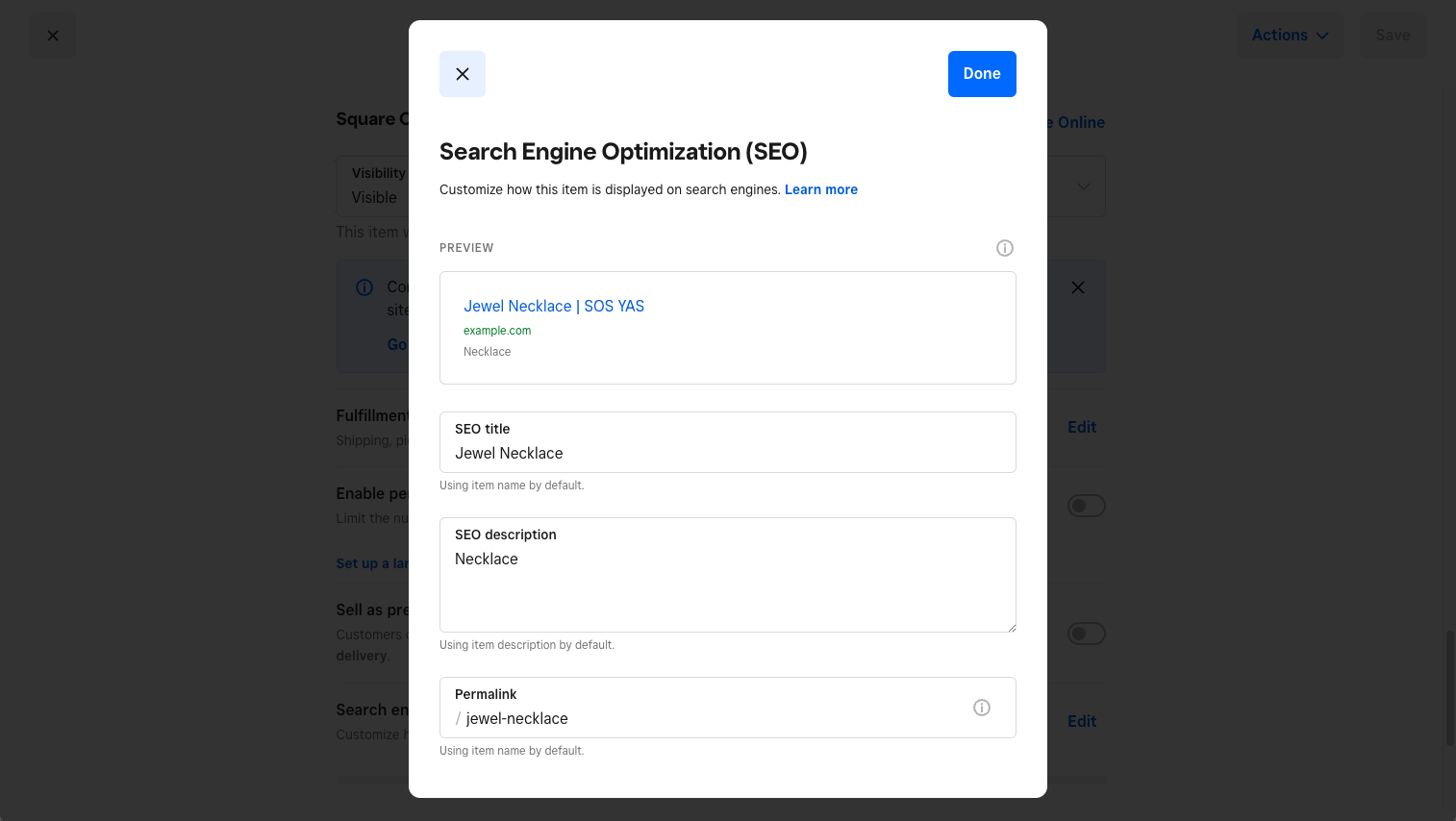Introducing the Unconventional Mediums in Google Analytics Beyond Default Settings
In the world of digital analytics, Google Analytics stands as a foundation for businesses seeking to recognize their online existence. While default setups provide useful understandings, truth depth of recognizing lies in checking out the unusual mediums that usually go unnoticed. By venturing past the surface area and delving into the details of social media sites information, email campaign efficiency, referral web traffic resources, direct web traffic patterns, and personalized channel collections, a treasure of info waits for those going to embrace a more nuanced method. Nevertheless, what exists underneath these unusual mediums might simply redefine just how organizations perceive and plan their on the internet efforts.

Leveraging Social Media Insights
Periodically neglected, yet immensely useful, is the technique of leveraging social networks understandings within the world of Google Analytics. By integrating information from platforms like Facebook, Twitter, Instagram, and LinkedIn into Google Analytics, organizations can gain a deeper understanding of their target market and the effectiveness of their social networks projects.
Through this combination, marketing experts can track and evaluate user habits on their internet site that stems from social media systems. They can recognize which social media sites channels are driving the most traffic, which web content is reverberating with the audience, and which campaigns are converting one of the most leads. This understanding allows for data-driven decisions to enhance social media sites strategies and improve general advertising and marketing performance.
Additionally, by integrating social media sites understandings with Google Analytics, organizations can create more targeted and customized projects - what is not considered a default medium in google analytics. They can utilize group details, passions, and on-line actions collected from social media to refine their audience segmentation and supply customized messages that reverberate with details consumer teams. This targeted strategy can bring about greater interaction, enhanced conversions, and eventually, enhanced return on investment
Uncovering Email Campaign Efficiency
Revealing Email Project Efficiency entails assessing vital metrics and efficiency signs to assess the efficiency of email marketing efforts. When delving right into e-mail campaign performance, it is important to assess metrics such as open rates, click-through prices, conversion rates, and unsubscribe rates. Open up rates indicate the percent of recipients who opened up the e-mail, supplying insight right into the efficiency of subject lines and sender names. Click-through rates gauge the portion of recipients that clicked on web links within the email, revealing interaction levels. Conversion prices track the portion of receivers who completed a preferred action after clicking a link in the e-mail, such as making a purchase or signing up for an e-newsletter. Finally, unsubscribe rates highlight the number of receivers who chose out of getting further emails, clarifying email material high quality and significance. By evaluating these metrics, online marketers can adjust their email projects for better interaction and efficiency.
Studying Reference Website Traffic Sources
After assessing the performance of email campaigns with vital metrics such as open prices and conversion prices, the following essential step is examining reference website traffic resources in Google Analytics to understand where website visitors are coming from and how they communicate with the site. Referral traffic sources refer to the websites that direct users to your site through clickable links. By diving right into this information, organizations can obtain understandings right into which exterior systems are driving web traffic to their site, whether it be social networks systems, partner sites, or online directories.
Analyzing referral website traffic can provide valuable details on the performance of outside advertising efforts and partnerships. It aids organizations recognize high-performing recommendation sources that contribute considerably you could try here to site traffic and conversions. By understanding the actions of visitors coming from different reference sources, businesses can customize their advertising methods to enhance engagement and conversions. Google Analytics offers in-depth reports on reference web traffic, allowing organizations to track the efficiency of each referral resource accurately and make data-driven choices to improve their on-line existence.
Exploring Direct Web Traffic Patterns
Exploring the straight web traffic patterns in Google Analytics gives important understandings into customer behavior and Our site the effectiveness of campaigns - what is not considered a default medium in google analytics. Straight web traffic refers to visitors that arrive at a site by directly typing the link into their browser, using book markings, or clicking on untagged links. Comprehending direct traffic patterns can help marketing experts review the influence of offline advertising and marketing initiatives, brand name acknowledgment, and the efficiency of word-of-mouth recommendations
By delving into straight website traffic information, services can discover important info about user intent and brand name commitment. Examining the habits of direct site visitors, such as the web pages they go to, the time invested in website, and the conversion rate, can provide a much deeper understanding of individual interaction and the overall performance of the web site in converting site visitors right into clients.
Moreover, tracking straight web traffic patterns over time permits services to identify fads, seasonality impacts, and the success of particular projects or promotions in driving straight sees. This info can after that be utilized to refine advertising and marketing techniques, optimize web site content, and boost the general user experience to make the most of conversions.
Utilizing Custom-made Channel Groupings
Using custom network groups in Google Analytics enables organizations to categorize and assess their site web traffic based on certain criteria, supplying valuable insights for maximizing marketing methods. Custom channel collections enable business to develop their very own personalized collections of website traffic sources, such as social networks, natural search, e-mail campaigns, and recommendation website traffic. By specifying these groupings, services can obtain a deeper understanding of exactly how various marketing channels add to their internet site traffic and conversions.
This function is specifically useful for companies with varied advertising and marketing methods throughout numerous platforms. For instance, a company running both paid and organic social networks projects can separate in between both to analyze their individual performance accurately. Additionally, custom channel groupings can help identify any overlooked or underestimated traffic sources that may be driving valuable engagement.
Verdict

By venturing past the surface area and delving right into the intricacies of social media information, email project efficiency, referral traffic resources, direct web traffic patterns, and custom-made channel groupings, a prize trove of information awaits those eager to embrace a more nuanced technique. They can recognize which social media find out this here channels are driving the most traffic, which content is resonating with the target market, and which projects are transforming the most leads.After evaluating the performance of email projects via key metrics such as open rates and conversion rates, the next vital action is assessing referral traffic sources in Google Analytics to comprehend where web site site visitors are coming from and just how they connect with the website. Custom network groupings enable companies to create their own customized groupings of traffic sources, such as social media, organic search, e-mail projects, and reference website traffic. By leveraging social media understandings, revealing e-mail project efficiency, examining recommendation web traffic sources, checking out direct traffic patterns, and utilizing custom network groups, marketers can gain beneficial understandings right into their on the internet presence.
 Suri Cruise Then & Now!
Suri Cruise Then & Now! Susan Dey Then & Now!
Susan Dey Then & Now! Tyra Banks Then & Now!
Tyra Banks Then & Now! Lynda Carter Then & Now!
Lynda Carter Then & Now! Katey Sagal Then & Now!
Katey Sagal Then & Now!